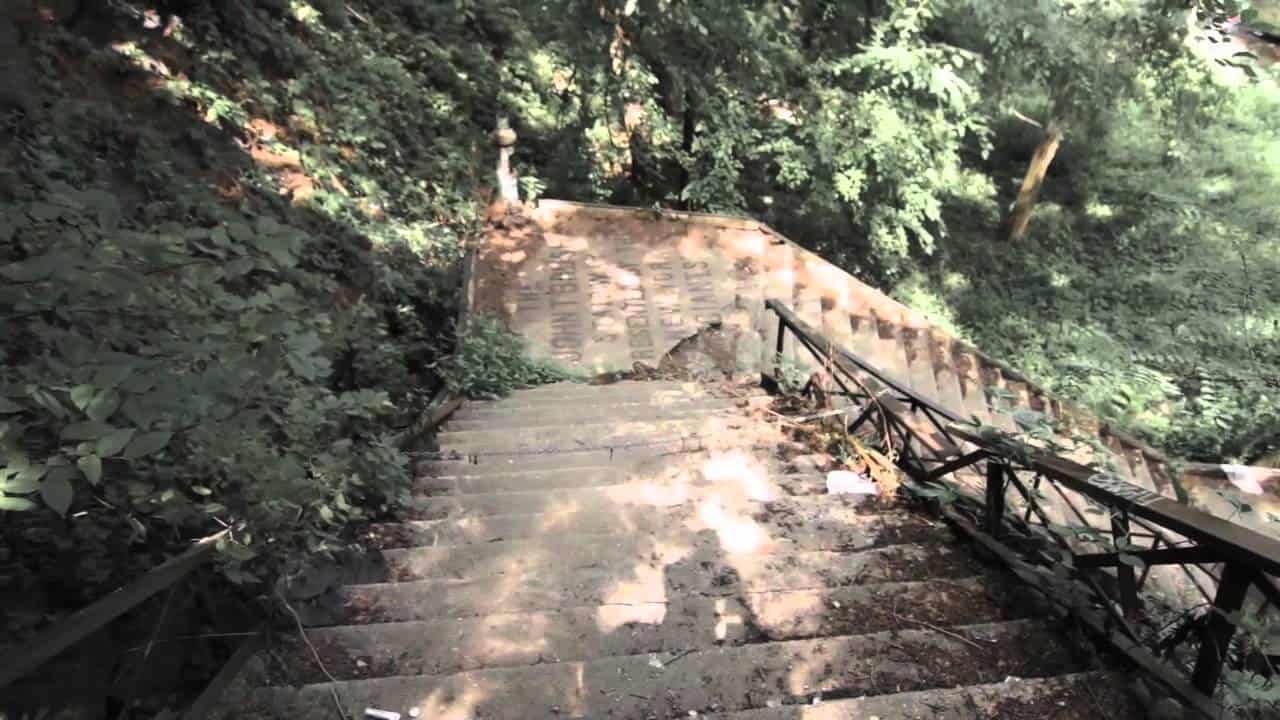Last Updated: February 29th, 2024 by Jake Cain
The Polo Grounds, once a cornerstone of New York City’s sporting life, encapsulates a century of memories, from the thunderous cheers of baseball fans to the strategic plays of football teams.
Presented in a video by the Barnicle Brothers, this storied venue once stood as a cathedral for sports lovers before yielding to time’s march, transforming into a housing complex. But the legacy of the Polo Grounds is rich with more than the nostalgia of what once was; it’s a chronicle of monumental athletic feats and the evolution of American sports culture.
Baseball and Beyond: The Polo Grounds’ Rich History
The story of the Polo Grounds begins in the 19th century, originally built for the sport of polo. It was, over the years, the name given to three different stadiums in Upper Manhattan, metamorphosing with each incarnation until Polo Grounds IV took its final form. Known for its distinctive “bathtub” shape, with bizarrely short distances to the left and right-field walls and a deep center, the Polo Grounds IV became the quintessential image when one referenced the illustrious venue.
A Baseball Haven
The Polo Grounds was the cradle for the New York Giants from 1883 through 1957 and briefly hosted the New York Yankees before they established their own iconic ballpark. It was a place where baseball titans like Mel Ott and Willie Mays carved their names into the annals of history, where Mays made “The Catch” that has lived in World Series lore since 1954.
The ground was the stage for the “Shot Heard ‘Round the World,” Bobby Thomson’s pennant-winning homer in 1951, which forever etched October 3 into the hearts of Giants fans.
Featuring in both the 1934 and 1942 All-Star Games, the Polo Grounds was a perennial host to baseball’s great spectacles.
A Field for Legends
Across the spectrum of sports, the Polo Grounds’ embrace was wide. It served as a home field for the New York Giants football team for three decades, hosting the New York Titans/Jets and witnessing the gridiron glory of several NFL Championship Games. The Giants’ departure in 1955 prefaced the end of an era, but the Polo Grounds continued to be a venue for diverse sports, from boxing—where it hosted the legendary 1923 bout between Jack Dempsey and Luis Firpo—to soccer and college football.
The Final Innings and Echoes
The Polo Grounds’ final chapters were written by the New York Mets, who played their first two seasons there before Shea Stadium’s completion. Yet, despite the changeover to modern stadiums, the essence of the Polo Grounds remained in the collective memory of sports enthusiasts and was memorialized in the New York Baseball Giants Nostalgia Society, where fans gathered to relive the golden moments.
The demolition of Polo Grounds IV in 1964 might have erased the physical presence of this sports sanctuary, but its spirit lingers. The John T. Brush Stairway, leading down from Edgecombe Avenue to the Harlem River Driveway, stands as the last remnant, a silent witness to the joy and drama that unfolded on the fields below.
In recounting the Polo Grounds’ story, the Barnicle Brothers’ video becomes more than a chronicler of past glory; it’s a commemoration of a place that transcended mere sport, embedding itself into the cultural bedrock of New York City. The Polo Grounds was not just a sports venue; it was a community gathering place, a stage for heroics, and above all, an enduring symbol of the city’s love affair with the grand spectacle of sports.

